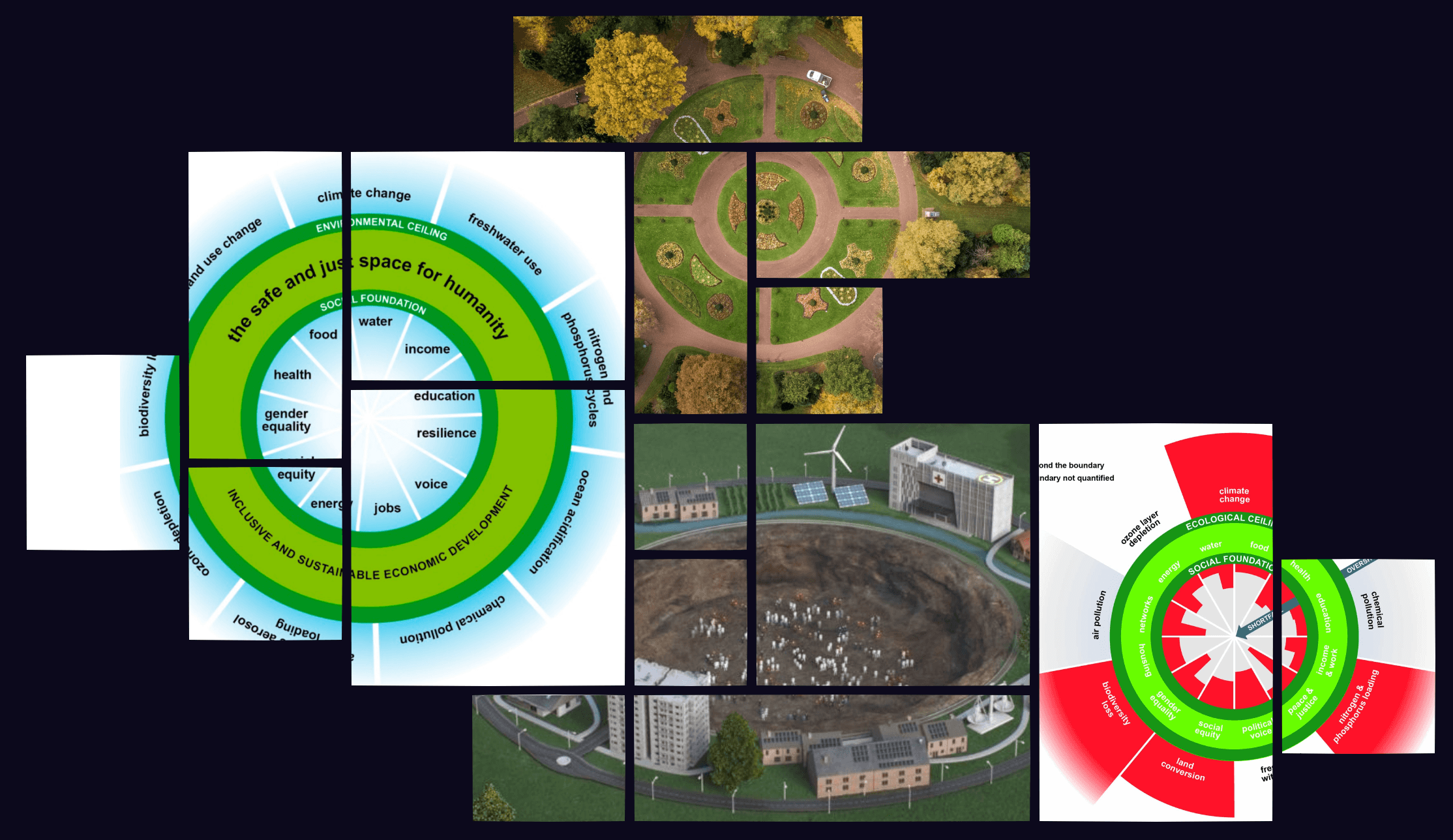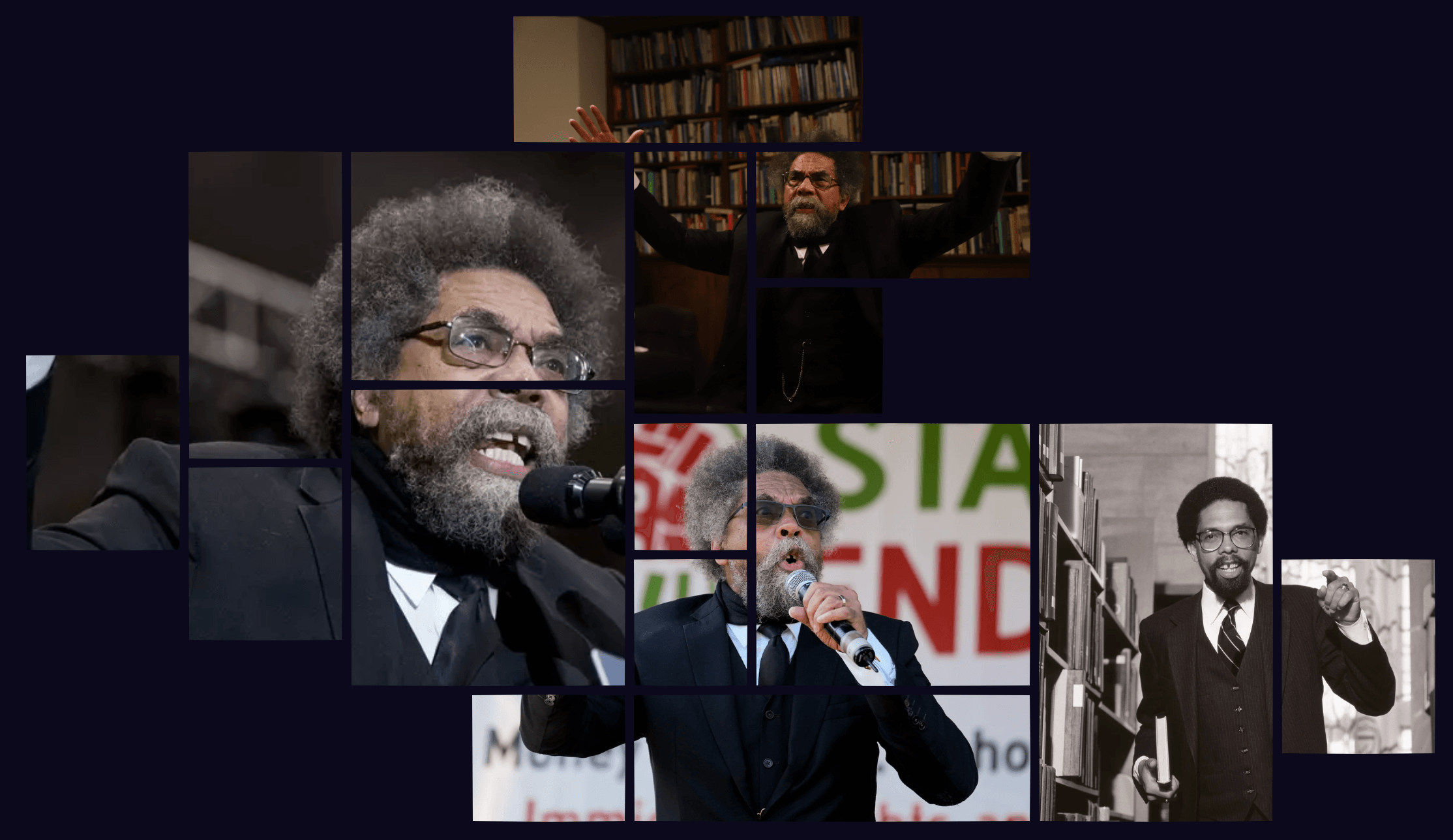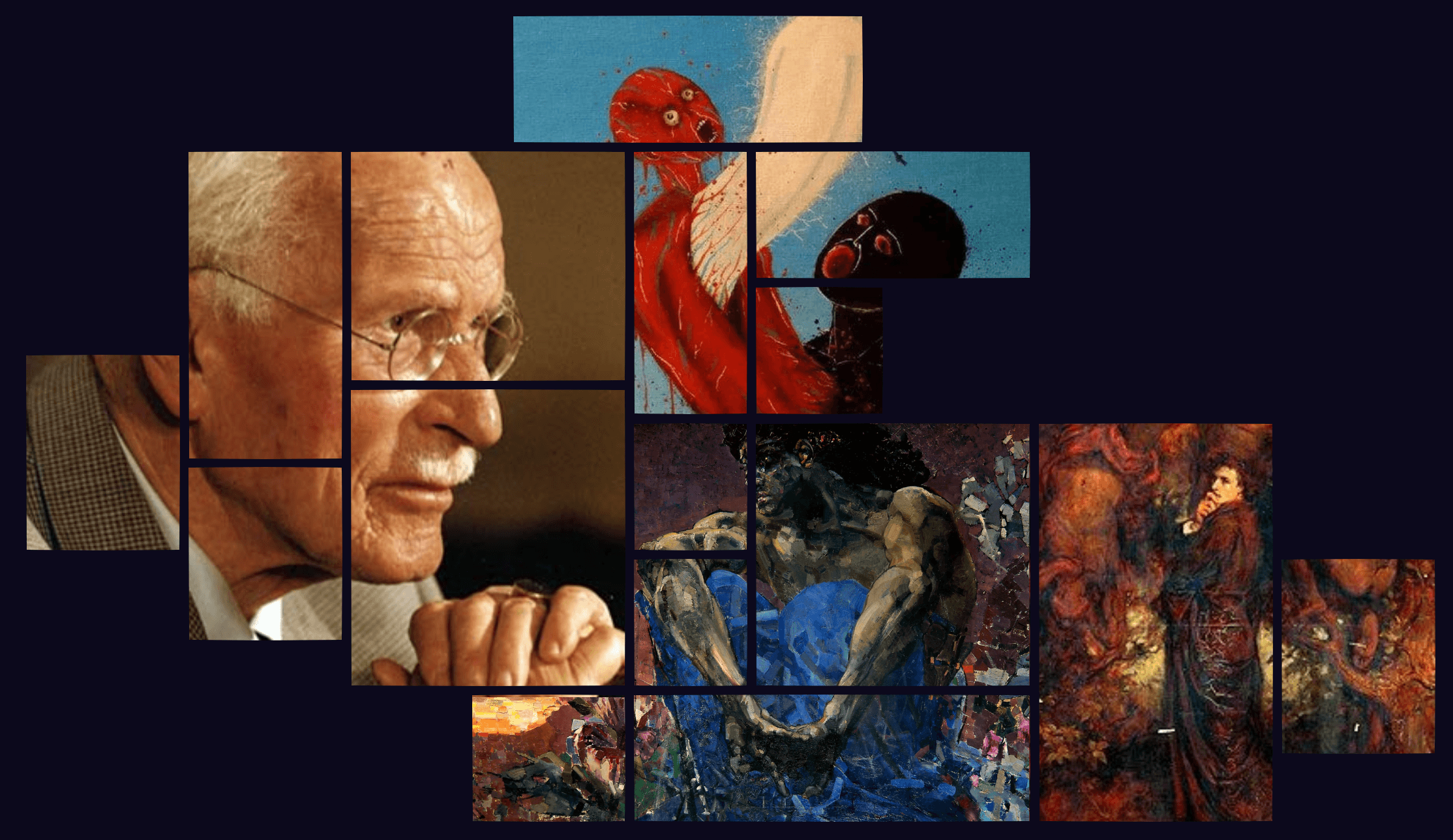The Whisper of Wellness: Exploring Frequency Healing
Hind MoutaoikiIR&D Manager
Tue Apr 22 2025

In the gentle hum of modern wellness practices, an ancient wisdom is finding its voice anew. Frequency healing, once whispered about in esoteric circles, has begun resonating more loudly across the landscape of complementary and alternative medicine. This fascinating approach to wellbeing suggests that our bodies—indeed, every cell within them—vibrate at particular frequencies, and that harmony or discord in these vibrations may influence our health in profound ways.
In the realm of frequency healing, the alignment of one's internal vibrations is paramount to achieving holistic well-being. This concept resonates with Fyodor Dostoevsky's exploration of inner truth and self-awareness. In The Brothers Karamazov, he writes, “Above all, don't lie to yourself. The man who lies to himself and listens to his own lie comes to a point that he cannot distinguish the truth within him, or around him.” This insight underscores the importance of internal harmony and authenticity, suggesting that recognising and aligning with one's true self is essential for both psychological and energetic balance.
The Symphony of Cells
At its core, frequency healing operates on the principle that everything in our universe vibrates at specific frequencies. Our bodies, composed of atoms in constant motion, are no exception to this universal dance. Proponents suggest that each organ, tissue, and cellular structure resonates at its optimal frequency when in perfect health. When these frequencies fall out of tune—perhaps due to stress, environmental factors, or illness—disharmony manifests as physical or emotional imbalance.
The wisdom of this perspective draws parallels with quantum physics, which recognises that all matter exists as both particles and waves simultaneously. Our bodies, therefore, might be understood not just as physical entities but as complex energy systems with their own vibrational signatures.
Modalities in the Frequency Spectrum
The practice of frequency healing encompasses various modalities, each approaching the body's vibrational nature from different angles:
Sound therapy employs instruments like Tibetan singing bowls, tuning forks, and gongs to create resonant tones believed to bring discordant bodily frequencies back into alignment. The soothing vibrations of these instruments can be felt physically reverberating through tissues, potentially triggering the body's natural healing responses.

Electromagnetic frequency therapies utilise devices that generate specific electromagnetic wavelengths, targeted at particular areas of the body to address imbalances. These approaches range from subtle interventions to more measurable therapies like pulsed electromagnetic field (PEMF) therapy, which has gained some recognition in conventional medical settings for certain conditions.
Light therapy, another dimension of frequency healing, harnesses specific wavelengths of the electromagnetic spectrum. From the gentle influence of coloured lights to more focused applications like low-level laser therapy, these approaches aim to stimulate cellular activity and support healing processes.
Scientific Underpinnings and Ongoing Research
Whilst sceptics might dismiss frequency healing as pseudoscience, emerging research suggests there may be more to these practices than initially meets the eye. Studies on vibrational medicine have documented interesting effects on cellular activity, inflammation responses, and even pain perception.
Researchers at prestigious institutions have begun exploring how sound waves might influence biological processes. For instance, ultrasound—sound waves beyond human hearing—has established medical applications in diagnostic imaging and therapeutic interventions. Some studies suggest that even audible sound frequencies might influence cellular behaviour, potentially opening new avenues for non-invasive treatments.
The NHS and other health services have started incorporating certain frequency-based therapies into conventional treatment protocols. PEMF therapy, for example, has shown promise for bone healing and pain management in some clinical contexts.
The Experiential Dimension
Beyond measurable physiological effects, many individuals report profound subjective experiences during frequency healing sessions. Practitioners often describe sensations of deep relaxation, emotional release, and heightened awareness—states that, whilst difficult to quantify, may contribute significantly to overall wellbeing.
Hilary Curtis, licensed mental health counselor and executive director of Recovery Unplugged, observes: “Sound stimulates our auditory system, which serves as a gateway to the vagus complex, the part of the brain and nervous system responsible for regulating our overall physiological and emotional responses... Pleasing sounds can positively influence these functions, leading to a cascade of health benefits.”
Integration with Conventional Care
The most promising developments in frequency healing come not from positioning it as an alternative to conventional medicine, but as a complementary approach that addresses different aspects of human health. Many practitioners emphasise that these modalities work best alongside traditional healthcare, offering support for the body's innate healing capabilities rather than replacing necessary medical interventions.
Eileen Day McKusick, sound healing researcher and author, notes: “Vibrational sound therapy aligns with the body’s natural frequencies, helping us restore balance and well-being. This isn’t just a scientific principle; it’s an invitation to listen—not just with our ears but with our entire being. When you engage with sound mindfully, through practices like sound baths or chanting, you tap into this dynamic flow of energy, creating resonance and harmony within your cells.”
Looking Forward: The Convergence of Ancient Wisdom and Modern Technology
As technology advances, new tools for measuring and applying therapeutic frequencies continue to emerge. Wearable devices now offer personal frequency therapy, whilst sophisticated sensors can detect subtle energetic imbalances that might have gone unnoticed in previous eras.
Perhaps most intriguingly, artificial intelligence is beginning to play a role in frequency healing research. Machine learning algorithms can analyse patterns in frequency responses across large populations, potentially identifying therapeutic frequencies tailored to specific conditions or even individual needs.
This convergence of ancient healing wisdom with cutting-edge technology represents a fascinating frontier in wellness exploration. Rather than dismissing traditional knowledge or worshipping technology uncritically, this integrated approach honours both the time-tested insights of our ancestors and the innovative capabilities of modern science.
A Harmonic Future
As we continue exploring the vibrational nature of wellness, we might discover that the whispers of frequency healing carry profound truths about our relationship with the energetic world. Perhaps the wisdom lies not in choosing between conventional and alternative approaches, but in recognising how different perspectives on health can harmonise into a more comprehensive understanding of human wellbeing.
In this evolving symphony of healing modalities, frequency-based approaches offer a reminder that sometimes, the most powerful interventions come not from dramatic interventions but from subtle retuning—bringing our bodies, minds, and spirits back into their natural resonance with the vibrant, humming universe that surrounds us.
previous
Why," Thank You?” — Politeness, the Soul, and a Goethean Glimpse into the Everyday
next
The Global Landscape of Universities
Share this
Hind MoutaoikiI
R&D Manager
Hind is a Data Scientist and Computer Science graduate with a passion for research, development, and interdisciplinary exploration. She publishes on diverse subjects including philosophy, fine arts, mental health, and emerging technologies. Her work bridges data-driven insights with humanistic inquiry, illuminating the evolving relationships between art, culture, science, and innovation.
More Articles

What Would a Wise Economy Look Like? Welcome to Doughnut Economics

Elder Voices of the Millennium: Cornel West

What Carl Jung Meant by Individuation and Why It Still Matters

Classroom Practices That Nurture Reflection, Empathy, and Presence: A Complete Guide for Educators

Listening to Trees: The Art of Ecological Perception





